Anyone who owns a robotic mower knows that it’s a dream the way the electronic lawning aid mows over level green areas with ease and almost silence. But can the small mowers also effortlessly keep a lawn in shape with slopes, furniture, flower pots, climbing frames and other obstacles involved?
A lawn with many obstacles is usually no problem for modern robotic mowers. Boundary cables and highly sensitive electronic “feelers” detect when the robot has to turn around, take a detour or switch itself off. Good sensors are important here.
As the owner of a robotic mower in a lawn full of obstacles, you will learn what else you should consider in the following sections. Because there are a few often overlooked little things that can get in the way of even the best mowing equipment.
Contents
How do robotic mowers overcome obstacles?
In order for the robotic mower to avoid obstacles, it must be able to orient itself precisely. These mechanisms make it possible:
- Shock sensors (almost all robotic mowers): Shock sensors are almost standard today. Most common models are equipped with them. The principle of shock sensors is simple: If the robot hits an obstacle, it takes a detour. It only notices the obstacle when it taps lightly against it.
- Ultrasound (some models): Robotic mowers equipped with ultrasonic sensors are currently among the most intelligent machines. They can detect obstacles even better because their high-tech sensor reliably detects objects on the mowing route without being triggered by individual blades of grass. The sensitivity of the sensors can even be adjusted on some models.
- Cutting out with the boundary wire (all robotic mowers with boundary wire): With underground boundary cables you can define the area where your robot should mow. The cables can also be laid around an obstacle so that the mower will omit this particular area.
- Off-Limits (WORX robotic mower): Off-Limits is an additional module offered for WORX robotic mowers. It consists of two parts: a sensor and a digital fence strip. The sensor must be attached directly to the robotic mower, the digital magnetic strip must be placed around an obstacle. It is not necessary to move the main fence cable for this. This makes Off-Limits ideal for temporary exclusions, such as movable lawn elements.
- Grass sensors ( Wiper robotic mowers that do not use a boundary wire): In many robotic mowers without boundary wire, a grass sensor provides orientation. The sensor detects the ground on which the robot is currently positioned. Everything that looks like grass is trimmed. The big advantage here is that no time-consuming laying of underground cables is necessary before the first mowing. The disadvantage, however, is that flat ground coverings can be mistakenly perceived as lawn and also get a shave.
Can the robotic mower mow on any lawn?
In principle, the robotic mower can be used for lawns in any yard. On lawns with many obstacles, however, you should choose a slightly larger area capacity.
Due to the many turns at obstacles, the robotic mower needs more time for the same area. If there are a lot of obstacles on the lawn, you should add another 30% of the area output. In this article you will learn how to choose the right area output .
There are also some extreme lawn layouts, in which a conventional robotic mower is not well suited.
lawns with slopes of more than 40%, for example, require special power equipment. Most robotic mowers can cope with slopes with a gradient of 20 – 40%. If you have a lawn with steep slopes, you should therefore study the information on the climbing ability of the robotic mower when you buy it.
Even very winding lawns are something that the conventional robotic mower does not necessarily do well with. In twisty yards it is more difficult to navigate and the robotic mower needs more time to get into all corners. For such lawns there are special devices (for example the WORX Landroid and all newer HUSQVARNA models) that have been specially developed for this purpose.
Certain robotic mowers are also more suitable for certain types of lawns than others. For example, devices without boundary wire are only suitable for lawns that have a natural, recognizable boundary. Ponds should also have a clear boundary around them, otherwise the robot will fall in very quickly.
Which obstacles are problematic?
Although the robotic mower of today is quite clever, there are a few small and large obstacles that owners should pay special attention to, as they can become a problem.
Small
- Stones that get into the mowing unit: Robotic mowers can easily cross cobblestones. Gravel paths are unfavorable, however. If the robot “mows” gravel, the mowing unit and blades can be severely damaged. Tiny stones can also get into sensitive parts of the shaft and ruin it. Also unfortunately, the robotic mower can sink into the gravel and get stuck.
- Fallen fruit, branches and twigs: Robotic mowers cope with fallen fruit, branches and twigs to varying degrees depending on the mowing unit. In general, devices with star crosses cope better with all three obstacles than robots with blade discs. While the star cross rigorously chops the above-mentioned materials, the blades of the blade disc blunt much faster if they hit branches or fruit often.
- Pine Cones: If there are many pine cones on the mowing route of the robotic mower, they can get stuck or wedged in it. For the longevity of your machine, it is generally best to keep the lawn free of all objects. This also applies to:
- Dogs’ and children’s toys: A mower with a blade disc will probably “only” leave significant damage to the toy. A robotic mower with a star cross, on the other hand, is capable of completely chopping up Rover’s favorite plush companions.
Large
- Narrow passages: For most robotic mowers, narrow passages must be at least 1 m wide for the robot to pass through. Not all models handle narrow passages equally well. But in the meantime there are sophisticated techniques for navigation. If your lawn has many narrow paths, you will find more information about suitable models in this article.
- Large gradients: As already mentioned, most robotic mowers can handle gradients of 20 – 40%. Individual models with powerful motors can also manage 50% and more.
- Trampolines and soccer goals: To prevent your robotic mower from getting caught on the crossbars of soccer goals and trampolines, you can attach boards with cable ties that provide a shock barrier for the robotic mower. How exactly you can do this is explained here.
- Downhill slopes leading into water: There is a danger of slipping if the robotic mower has to deal with a sloping lawn that leads into a body of water without a clear boundary. Shock barriers could also help here.
This is how you can help the robotic mower deal with obstacles
There is a lot you can do to prevent potential obstacles from becoming real obstacles.
If you want to avoid collisions and damage to your robotic mower, it is a good idea to carefully consider the course of the boundary wire before laying it. Individual obstructive elements (such as flower beds, pools, sandboxes and trees) can also be excluded by boundary cables. In this article we explain in detail how to create such islands with boundary wires. By and large, a cable is branched from the main boundary wire, routed around the island, and returned parallel to the leading cable.
Owners of WORX devices with the Off Limits module have the additional possibility to exclude certain elements with a magnetic fence strip without having to move the main boundary cable.
An apple guard prevents fruit lying on the lawn, such as apples, from getting under the robotic mower. It is a kind of strip that can be attached to the front of the robot and ensures that the device always pushes the apples in front of it. Over time, the apples will then gather at the edge of the lawn and can be picked up there.
As a general rule, you should regularly walk around the lawn and pick up any stray objects before mowing.
Robotic mowers are even more suitable in some situations
A little thought and planning is needed to set up the lawn in such a way that the robotic mower can carry out its mowing work without any problems. But anyone who has ever enjoyed a perfectly trimmed lawn that looks after itself with the help of the robot will probably never return to the classic manual lawn mowers. And in certain situations the robotic mower is simply unbeatable.
Think of the lawn under trampolines or lawn furniture. With a conventional lawn mower you can’t get there at all. Even with a lawn trimmer it is difficult. However, the robotic mower, usually no “bigger” than a foot in diameter, manages such tricky low areas in no time at all.
Unlike bulky ride-on mowers or lawn tractors, the agile, small robotic mower often gets much closer to edges and corners.
Since you can lay the boundary wire in such a way that your device ideally mows flat lawn edges cleanly and accurately, no retrimming should be necessary.
Especially in a lawn with many obstacles, you would have to turn a lot with a conventional lawnmower – and the large turning circle makes the work even more difficult.
In addition, riding mowers are often not suitable for very steep inclines because of the risk of tipping over or even engine damage. Special robotic mowers with high climbing ability are better suited for this purpose. Particularly sophisticated devices such as the HUSQVARNA Automower 435X AWD can even manage up to 70% inclines.
If you define your “obstacles” well and exclude them from the mowing area, you have found a reliable mowing aid in your robotic mower. Even with an obstacle-laden lawn, it will always keeps the lawn neat and tidy.
Don’t know robotic lawn mower to buy?
Check out my recommended robotic lawn mowers for different lawn sizes:
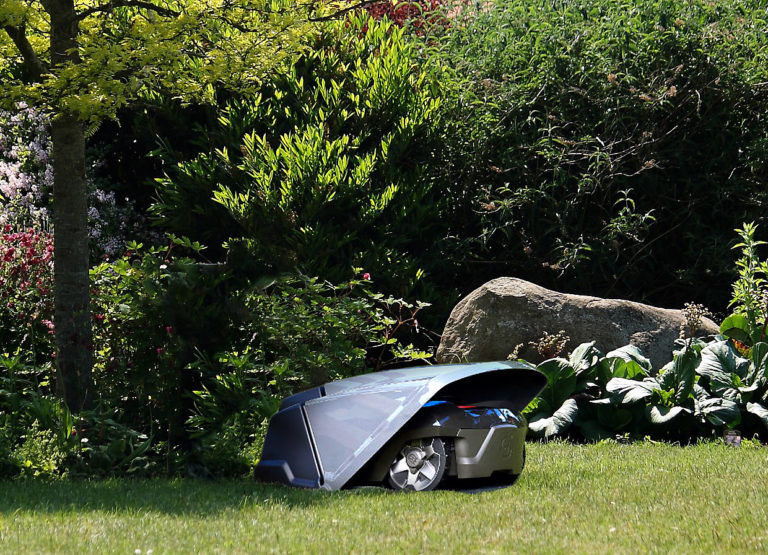
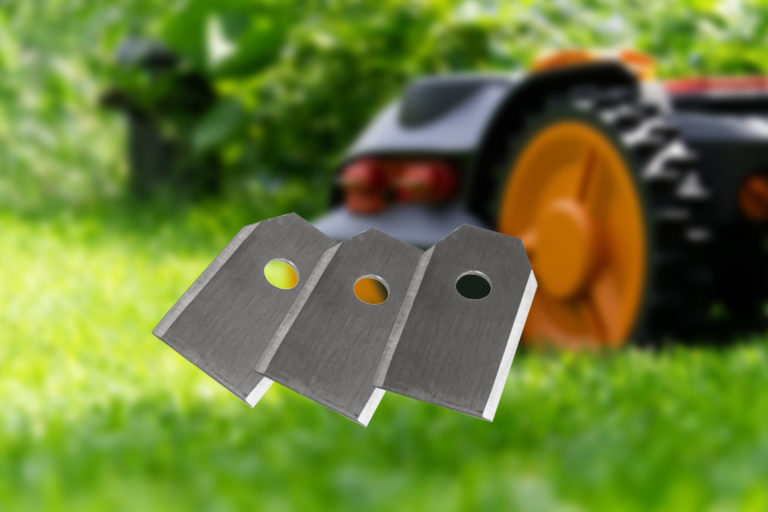
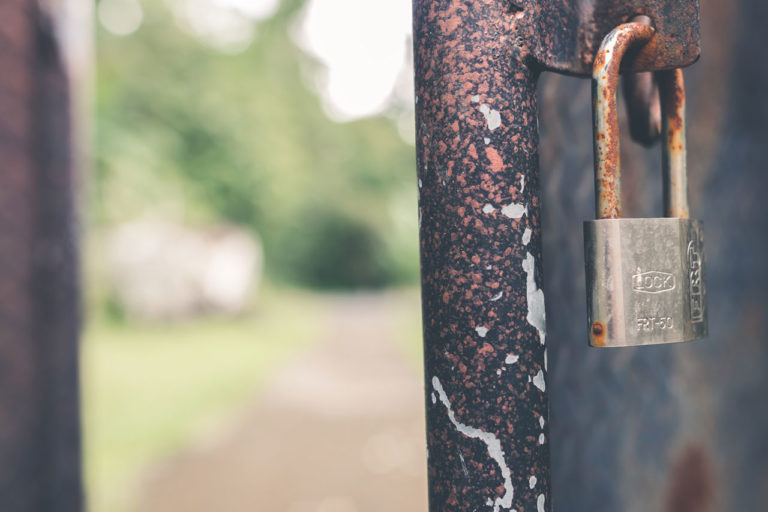
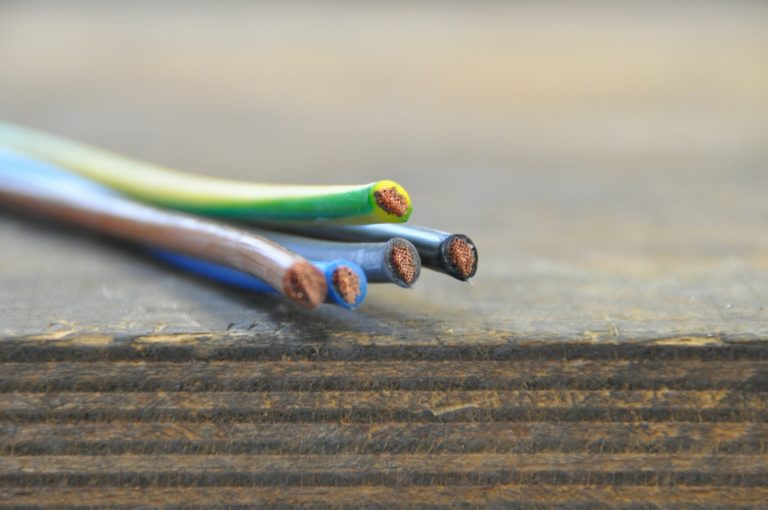
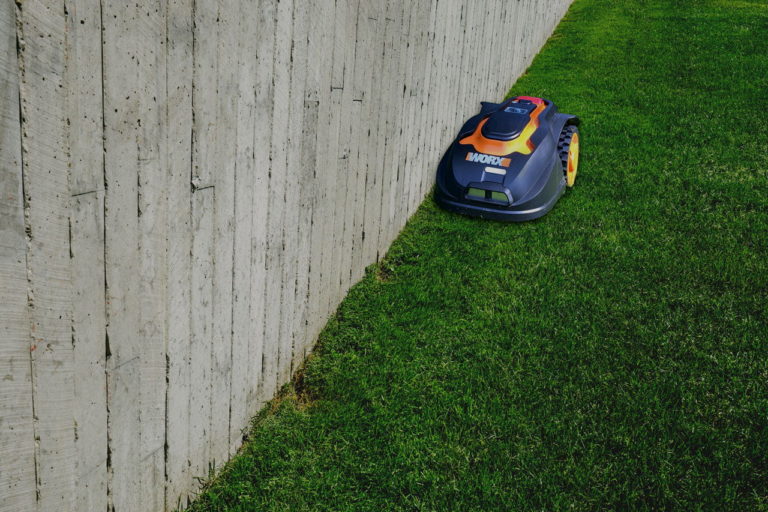
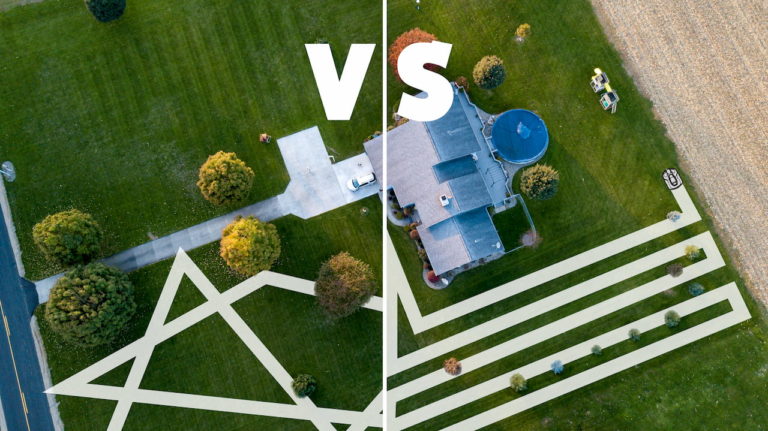
Hi I clicked on the article where it says how to avoid mower getting stuck on trampoline or soccer goals. But there is no link
As this happens to my mower I am very interested to hear how to fix this!
Can you send the link to the article?
Thanks!